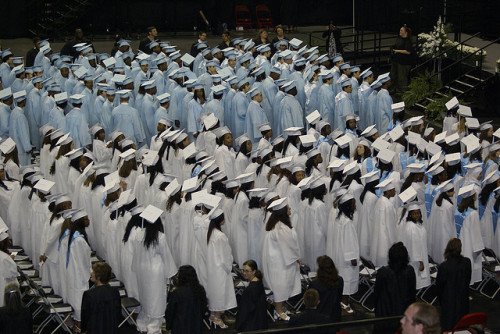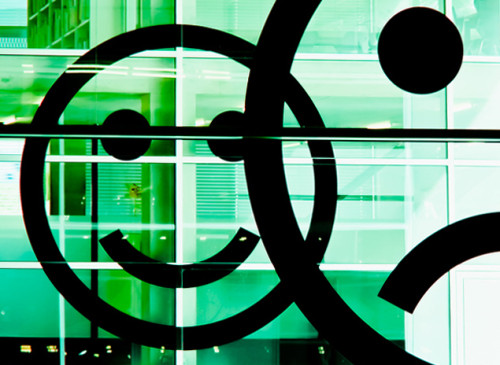By Teddy Hunt
Renovated, repurposed, and re-engineered. Today’s workplace has clearly changed over the past two decades. As people and politics evolve, it’s important to remember that, for better or worse, change happens. Here are four fundamental workplace changes that transpired over the last 20 years.
Baby Boomers, Gen X and Gen Y
Baby Boomers, born roughly between the years of 1947-1966, still play an active role in today’s work force. Two younger generations now share center stage with them in the world of gainful employment: Generation X and Generation Y.
Gen X members were born roughly between 1965-1983; Gen Y members hail from the years 1984-2002. Although the two cohorts might share a workplace, they don’t necessarily share the same attitude toward work itself. Maureen Hoch of the Harvard Business Review reports that Gen X employees tend to focus more on their home life, shirking work responsibilities in favor of family time more often than their Gen Y counterparts. Gen Y folks tend to Âmerge their work and home lives more than any other age group.
Members of Gen Y, sometimes labeled the ÂMe Generation, are also more prone to Âjob hop than members of Gen X. While this might be an inconvenience for HR departments, fickle Gen Y folks are more likely to settle down in the long run with a job that truly fulfills them.
Education: Higher and Higher

Image via Flickr by Thirty30 Photography
Now more than ever, society views high school graduation as an essential step toward employment. Approximately 83 percent of Americans age 25 and up have graduated from high school. College grads account for nearly 25 percent of all people.
A person’s education directly impacts the amount of money they can expect to earn. According to the U.S. Department of Labor, a person with a doctoral degree brings home a weekly income of $1,600 or more. A person with a Bachelor’s degree earns around $1,000 per week, while a person with a high school diploma receives a check for about $600 per week.
The demographics of employment landscape are making a shift in the recent years due to technological advancements in most work fields. Analysts predict the slow decline of manufacturing jobs and the rise of the service-oriented careers, including IT and finance jobs, but with all change comes evolution as well. New career fields are popping up, and whether you’re wanting to invest in a financial career or looking for a brand new career field, the time for change is now.
Policy Changes: FMLA
The Family Medical Leave Act of 1993 brought job security to new mothers, people with long-term illnesses, and family members of those deployed by the military. Employers must continue a person’s health coverage during job-protected medical leave, according to FMLA law. The benefits last for up to 12 weeks.
A caveat: The law applies only to companies that employ 50 people or more. According to a 2012 Labor Department survey, 17 percent of all workplaces in the U.S. fall into this category.
More than half of all FMLA leaves occur for personal health reasons, while about 20 percent result from maternity leave. Military FMLA is rare, accounting for only about 2 percent of all FMLA absences.
Lean Enterprise
In the late 1980s, Toyota unveiled a concept of business efficiency called ÂLean Enterprise. Today, the quest for efficiency, or Âlean thinking, drives business operations like never before.
In a nutshell, a lean enterprise strives to simultaneously maximize customer satisfaction and minimize waste.
A lean enterprise asks itself the following questions:
 How can we help customers in a way that grows our business?
 How can we streamline and optimize all processes used by our organization?
 How can we engage our employees for maximum product quality and efficiency?
 How can we work as a team to buoy our company to a higher level?
The surge in Âlean thinking over recent years is attributed, at least in part, to increased competition and fickle customer demand. Consumers today want a low-cost, high-quality product that provides immediate gratification. Companies seek to supply that product so their customers stay satisfied in today’s highly competitive business world.
The face of the modern workplace is changing. Employees hail from younger, more educated generations. They expect more from their employers, and their employers expect more from them. As education and innovation continue to blossom, more interesting changes surely await today’s working population.
Staying abreast of shifts and trends in the workplace, generational differences (and similarities), and regulatory changes is just one crucial component of being an informed leader.






